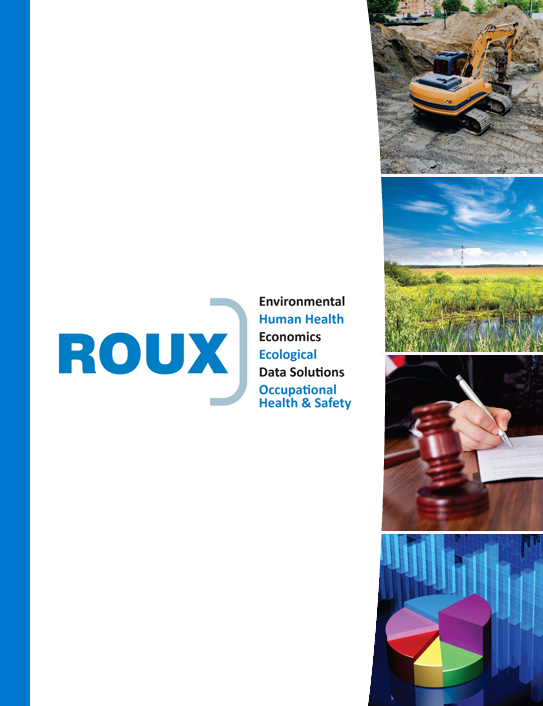Roux Insurance Update: Is 6PPD-Quinone the Next Emerging Contaminant to be Regulated?
To help keep you up to date on current developments, Roux is providing this information to summarize topics pertinent to the insurance industry that you may find useful.
The West Coast of the US has been experiencing a significant decrease in Coho Salmon and other important aquatic life. The significant aquatic impacts have awakened regulators, such as the Washington Department of Ecology (WADOE), the California Department of Toxic Substance and Control (DTSC), and the California Environmental Protection Agency (CalEPA), and studies have been conducted to determine the cause/source of the ecological impacts.
In 2020, regulators discovered 6PPD-Quinone, a degradation chemical of 6PPD (N-[1,3-Dimethylbutyl]-N’-phenyl-p-phenylenediamine). The 6PPD was traced to a chemical additive used in tire manufacturing. This chemical has been used as a preservative to keep the flexibility and longevity of tires since the 1960s.
Potential Impacts
Since the discovery of 6PPD-Quinone and its impact to the ecology and possible impacts to drinking water and other media on the West Coast, regulators have been investigating the extent and source(s) of 6PPD-Quinone. The WADOE and DTSC/CalEPA are in the process of creating regulations for cleanup. In 2021, the United States Environmental Protection Agency (USEPA) conducted a study titled Model Analysis and Visualization of 6PPD-quinone fate and transport in Longfellow Creek watershed, Seattle, WA. The USEPA has yet to list 6PPD-Quinone on its Contaminant Candidate List, but continues to study this contaminant’s effects to the environment.
Upon near-term promulgation of the new regulations, the following businesses could find themselves as potentially responsible parties (PRPs):
- Tire Manufacturers
- Car Manufacturers
- Mechanic Shops
- Recycling Facilities
- Racetracks
- Car Washes
- Wastewater Treatment Facilities
- Contractors that install turf fields and playground mats
Upon regulation of 6PPD-Quinone, the regulatory community will likely be requesting select businesses to investigate media to determine if 6PPD-Qunione impacts are present. Remedial actions will likely be triggered and could impact the financial status of these businesses. Re-openers of closed sites are possible. The Environmental Insurance industry will be impacted by these investigations and remedial actions, as claims will be made, and policy limits could be exhausted.
Businesses that proactively place this emerging contaminant on their radar ahead of the forthcoming regulation could significantly reduce their liabilities.
What Can Roux do to Help?
As an industry leader in providing expertise for emerging contaminants that have been investigated, regulated, and have triggered remedial actions, Roux’s team of experts can assist businesses in navigating the regulatory world and its financial implications of 6PPD-Quinone.
Roux could provide due diligence, loss prevention evaluations, and investigations (e.g., Phase I and II Site Assessments, Brownfields, etc.) to determine whether a property has/had a source of 6PPD-Quinone, the extent, and the costs to resolve potential regulator mandates. Roux’s analysis can provide insight into the potential of a site re-opener.
Additionally, Roux can utilize the investigative information for the Environmental Insurance industry to determine how this emerging contaminant could impact potential insurance coverage (e.g., policy limits, self-insured retention [SIR], and exclusions).
Interested in speaking to one of our experts on 6PPD-Quinone and its potential impacts? Reach out using the button below.

